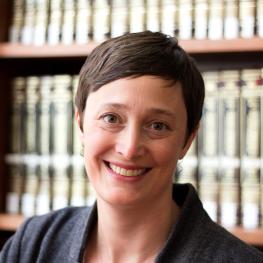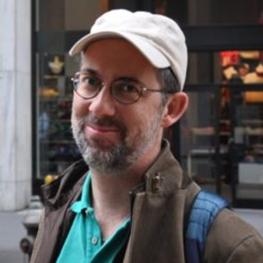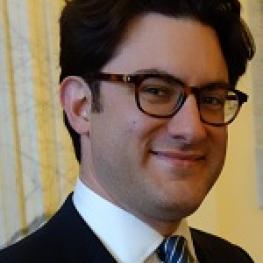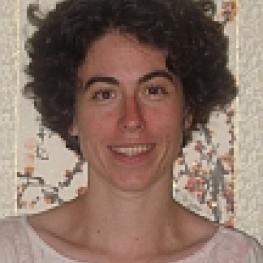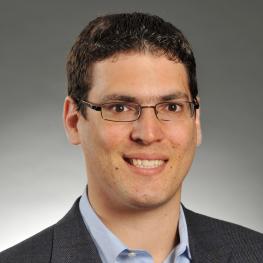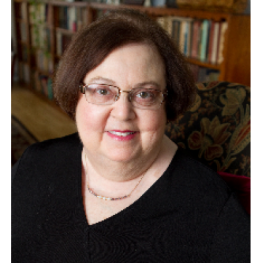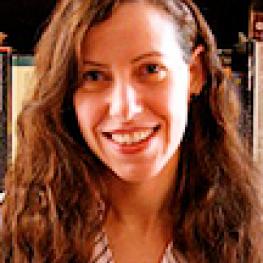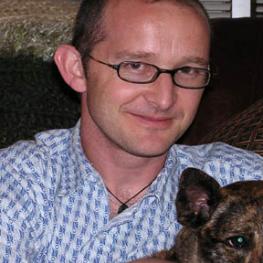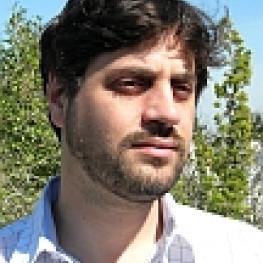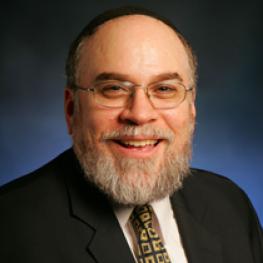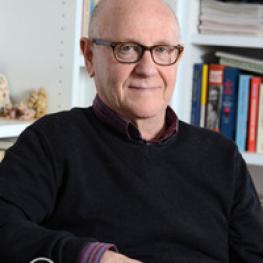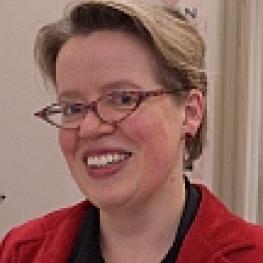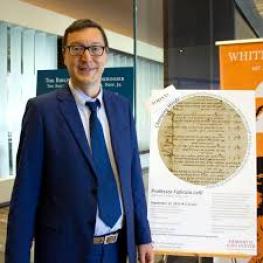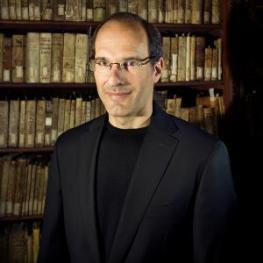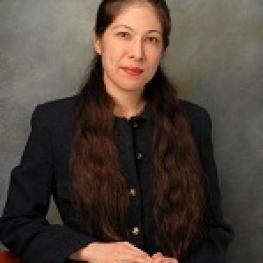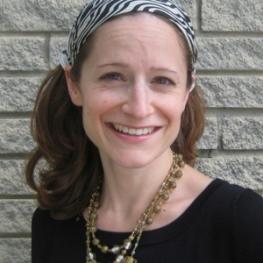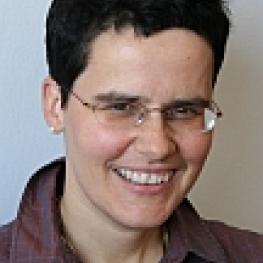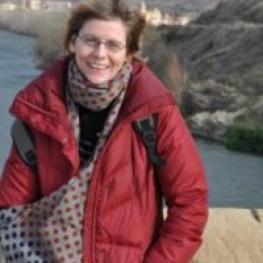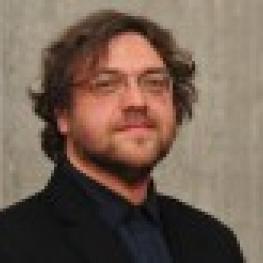Converts and Conversion To and From Judaism
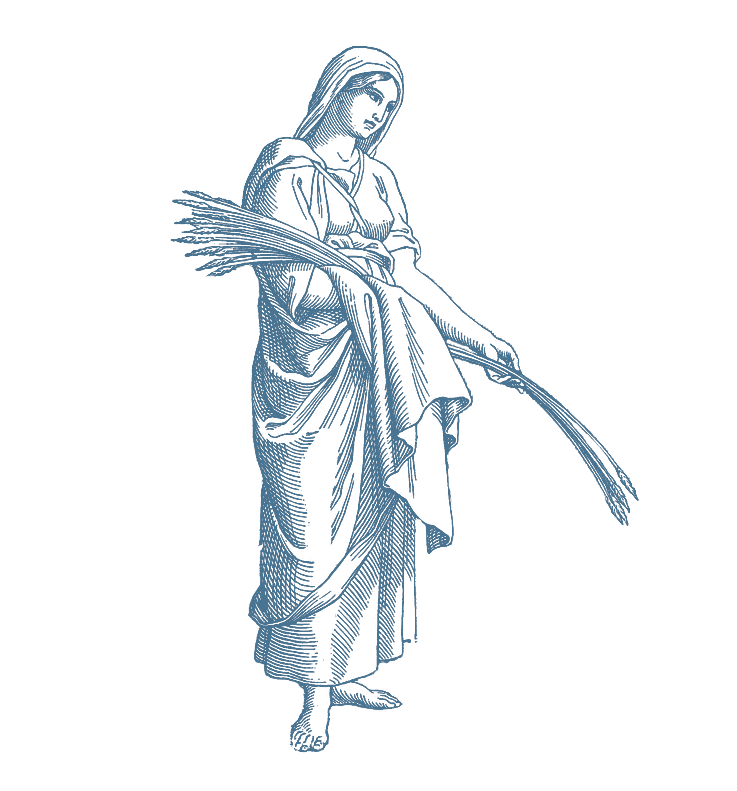
2010–2011
The boundary between Judaism and other religions, and anxiety about crossing that boundary through conversion, has occupied not only many Jewish communities, but also many historical forms of Christianity, Islam, and even post-Enlightenment secularisms. So much is this so that one cannot properly study the phenomenon of conversion to or from Judaism without a concurrent study of parallel social and religious phenomena and historical contexts. The social and religious experience of converts from Judaism in, for example, early Islam, late medieval Spain, or nineteenth-century Prussia cannot be understood without also examining ideas about, and attitudes toward, conversion in the surrounding majority culture. It is with this methodological conviction in mind that we undertook a year on the topic. It was one of the Center’s most fruitful experiments. The strong parallels binding wildly diverse data and settings gave the interdisciplinary group a shared vocabulary, even as individual cases set in conversation forced fellows to nuance their views and avoid overly broad characterizations. Because of the dense interplay of history and narrative, law and religion, the individual and the collective that a treatment of conversion demands, the theme has much to offer, not only to Jewish studies, but to cultural and religious studies more generally.
Theodor Dunkelgrün and Pawel Maciejko editied a volume of essays connected to this year titled: Bastards and Believers: Jewish Converts and Conversion from the Bible to the Present (Penn Press, 2020)
